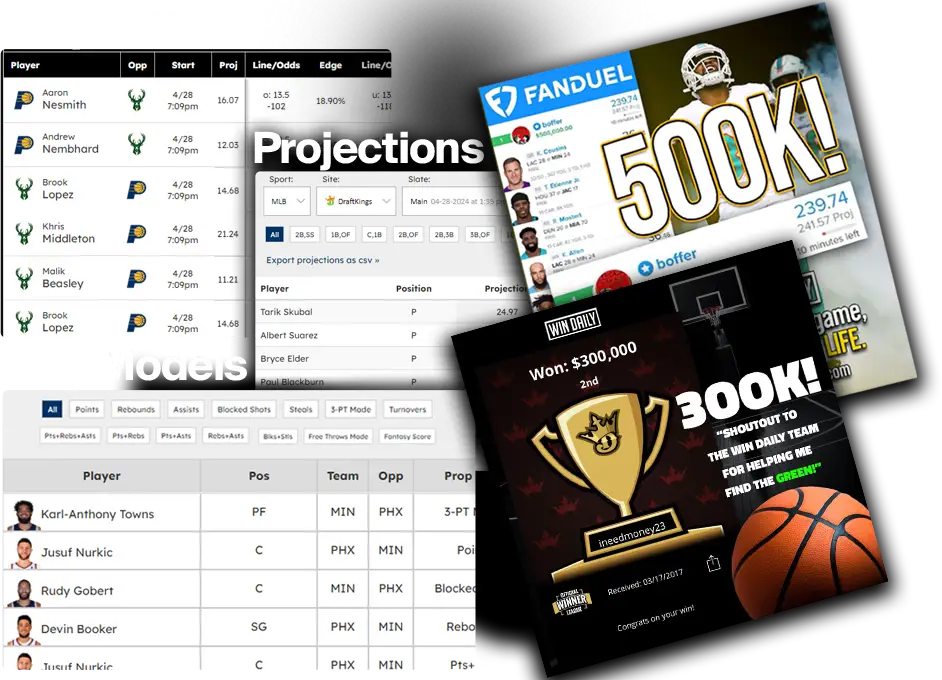©2024 WIN DAILY®. ALL RIGHTS RESERVED.
This site is 100% for entertainment purposes only and does not involve real money betting. If you or someone you know has a gambling problem and wants help, call 1-800 GAMBLER. This service is intended for adult users only.






